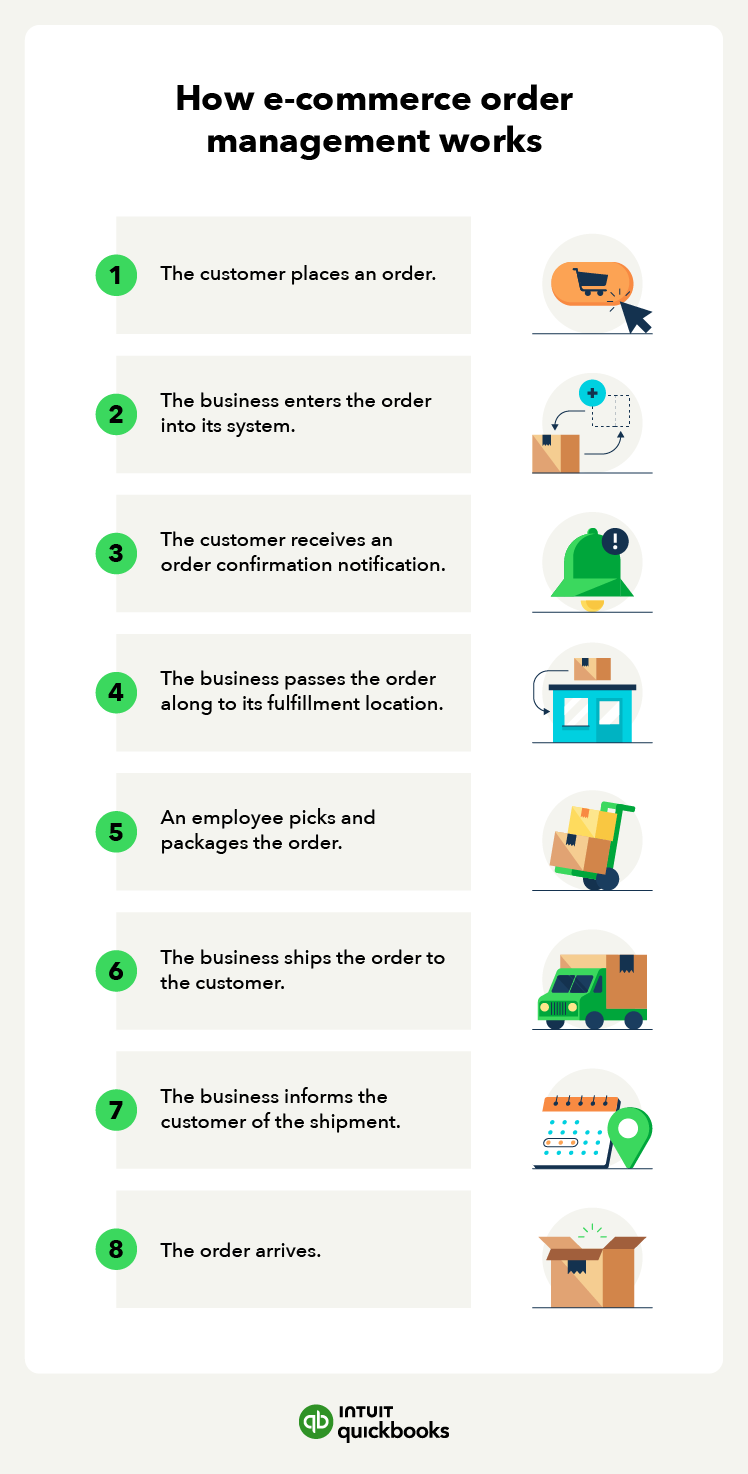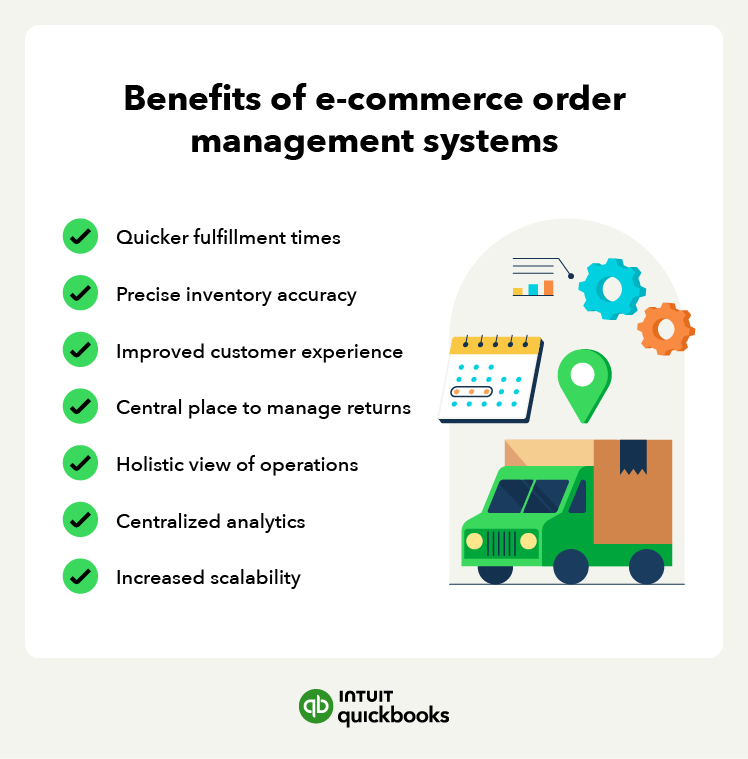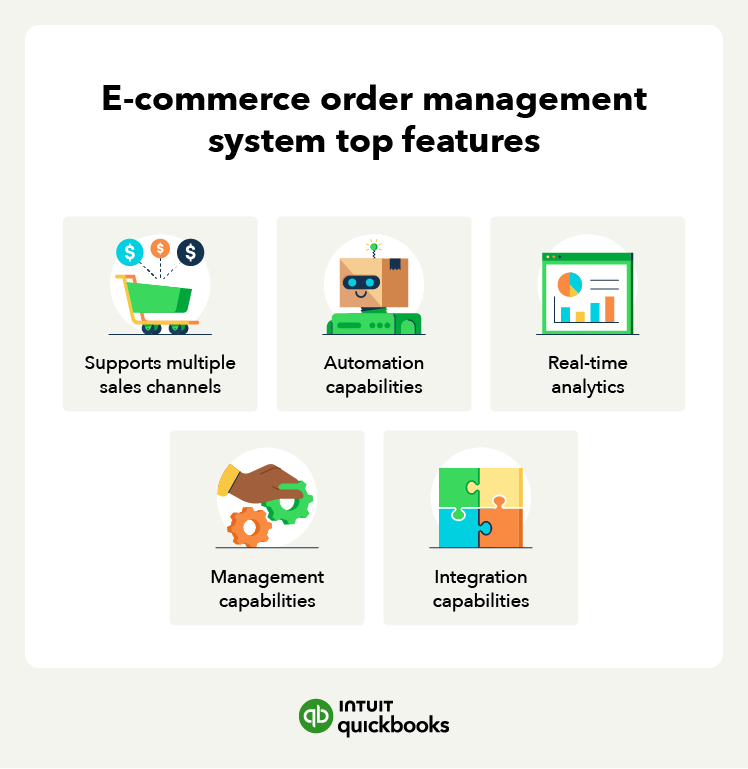With an understanding of the benefits OMS can bring to your business, you might be ready to dive right in. But not all e-commerce order management software is created equal. To make sure you’re choosing one of the top order management systems, you’ll want to consider one with the following key features:
Supports multiple sales channels
Whether you sell your products on Amazon, Shopify, eBay, or elsewhere, choosing an e-commerce order management software that supports multiple sales channels is a surefire way to simplify your e-commerce order management.
From providing real-time tracking of new orders across sales channels, including fulfillment statuses, refunds, returns, and shipping history, you’ll be able to easily check the status of all of your orders, no matter the sales channel.
By selecting an OMS with integration capabilities that match your current e-commerce sales channels or marketplace use, you can spend less time worrying about back-end operations and more time reaching new customers.
Automation capabilities
As a self-employed individual, you know how valuable your time can be. Whether it’s sending order confirmation emails or manually performing an inventory analysis, these tasks can cut into your everyday life. Fortunately, an efficient OMS can help you automate these tasks.
Real-time analytics
An online order management system can also help you track valuable analytics all in one place. Whether it’s tracking products, cost of goods, or analyzing profitability trends from all of your sales channels, you’ll have easy access to a big-picture view of the performance of your business.
With access to this critical real-time data, you can use it to make better-informed decisions for you and your business. On top of that, these real-time analytics can help prevent issues from human error, such as overstocking or a stockout.
Customer management capabilities
Another benefit of e-commerce order management software is the ability to manage important customer information. From order history to geographic location, an OMS can provide you with personalized information that you can use to inform your digital marketing for e-commerce strategy.
Integration capabilities
In addition to supporting multiple sales channels and integrating with e-commerce platforms, some OMS seamlessly integrate across other important company infrastructures such as customer service departments, inventory management systems, and accounting software. Some OMS even have an app store, allowing you to see all of the possible integrations and third-party connections the e-commerce order management system supports.
For example, integrating an OMS with accounting software gives you easy access to all of your financial reporting, where every transaction is accurately recorded and reported. Additionally, you can use accounting software to get a holistic view of your cash flow, allowing you to make informed business decisions without leaving your OMS.
On top of that, integrating an OMS with accounting software can help streamline your accounting process and take away the heavy lifting of manually recording journal entries or individual transactions.
By selecting e-commerce order management software compatible with the tools you already use, you’ll no longer have to hop between tools to get the information you’re looking for.
Run your business with confidence
As a small-business owner, you know how important your time is. Whether your goal is to eliminate repetitive, time-consuming tasks or effectively analyze your sales channels in one place, your business can benefit from accounting software that allows you to integrate to your e-commerce order management system to accurately record sales, revenue and fees to your books.
















